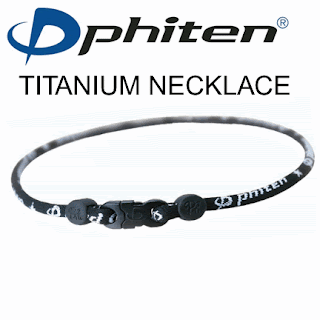What is particularly interesting to me lately is the relationship between streaming video and ads online. I never really thought about this until recently. Cable TV shows have historically always been shown on cable TV itself, however, in the past year or so, streaming TV shows has become a very popular medium. Personally, I know a couple people who do not have cable and merely watch their favorite cable TV shows online by streaming through websites. Obviously, the shows cannot be streamed online for free without any attachments, such as ads. Furthermore, streaming video of popular TV shows, usually implements a 30 second advertisement periodically throughout the duration of the show.
An article on ADWEEK by Noreen O’Leary, noted how Hulu has been increasingly popular in demand of streaming video. Actually, it is rated as the second most popular streaming video site behind YouTube. However, the article did state that profitability of advertising through online video streaming was unknown. This article is slightly dated to May 25th, 2009. . . so I bet there is a better understanding of how streaming video matches up to cable TV profitability, in direct relation to advertising. This is evident, because in the article itself, the author noted how "next fall" would determine the profitability of online video streaming for advertisement. Clearly, almost all major television shows are able to be streamed online for free, so this must be an indicator that advertising online through video streaming is helping with the profitability of these products advertised.





